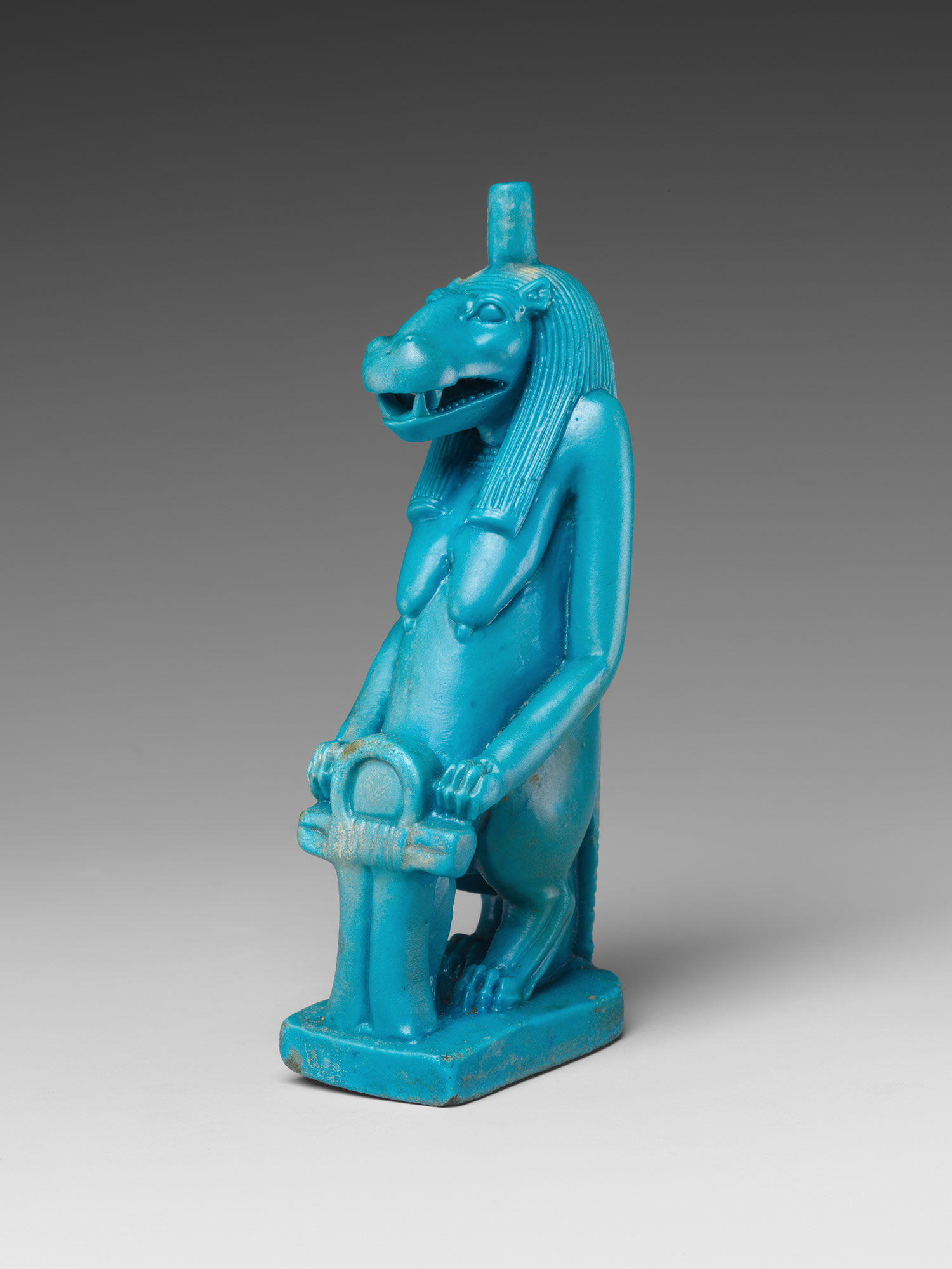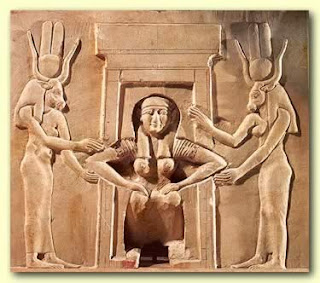Thursday, July 16th, 2009
Rethinking Manet’s "Olympia"
 This post introduced me to this interesting article in Nineteenth-Century Art Worldwide on Manet’s Olympia (1863, shown left). Phylis A. Floyd examines why Manet was so upset at the critical reception of his painting in the Salon of 1865. Floyd believes that Manet would not have been upset if he had intended this painting to be controversial (a belief widely held by modern art historians).
This post introduced me to this interesting article in Nineteenth-Century Art Worldwide on Manet’s Olympia (1863, shown left). Phylis A. Floyd examines why Manet was so upset at the critical reception of his painting in the Salon of 1865. Floyd believes that Manet would not have been upset if he had intended this painting to be controversial (a belief widely held by modern art historians).
Floyd posits some interesting ideas about why Manet was upset. Instead of the popular belief that Manet was portraying a prositute (who brazenly and defiantly stares at the viewer of the painting), Floyd thinks that Olympia is a depiction of a mistress. She points out some interesting details like Olympia’s bracelet (which may be a gift from her lover) and flower (which she identifies as a camellia – a flower associated with a woman who is faithful to a single lover). In addition, Floyd mentions that Olympia was originally posed in a more modest position (see a red chalk Study for Olympia below). If Olympia was originally intended to be in a more modest position, it seems to me that Manet did not intend his painting to be so brazen and confrontational (at least when the painting was in its early, conceptual stages).
 In addition, Floyd argues that the physiognomy and body type of Olympia were intended to portray Marguerite Bellanger, the mistress of Napoleon III at the time. According to Floyd, Manet was trying to gain favor with the emperor by painting a portrait of his mistress. Although it is known that Victorine Meurent posed for Olympia, Floyd points out that the facial features are blank in the study, which Floyd thinks is an indication that Manet intended to paint the facial details of Bellanger from a photograph.
In addition, Floyd argues that the physiognomy and body type of Olympia were intended to portray Marguerite Bellanger, the mistress of Napoleon III at the time. According to Floyd, Manet was trying to gain favor with the emperor by painting a portrait of his mistress. Although it is known that Victorine Meurent posed for Olympia, Floyd points out that the facial features are blank in the study, which Floyd thinks is an indication that Manet intended to paint the facial details of Bellanger from a photograph.
I think that Floyd has some really interesting ideas. However, I’m not sure if I would base so much of my argument on the assumption that the flower is actually a camellia (which ties into the connection with Bellanger, whose relationship with Napoleon III made her “the most famous camélia of the day.”).1 Is there really enough detail in the painting for one to correctly identify the flower? It doesn’t seem like it to me. Overall, though, I think that Floyd brings up some interesting questions. They’ve made me rethink and question some of the popular interpretations of this painting.
1 Phylis A. Floyd, “The Puzzle of Olympia,” Nineteenth-Century Art Worldwide 3, vol. 1 (Spring 2004); available from http://www.19thc-artworldwide.org/spring_04/articles/floy.shtml; Internet; accessed 16 July 2009. See also [Léopold Stapleaux ?], Les courtisanes du Second Empire, (Bruxelles: Office de Publicité, 1871), 56.











